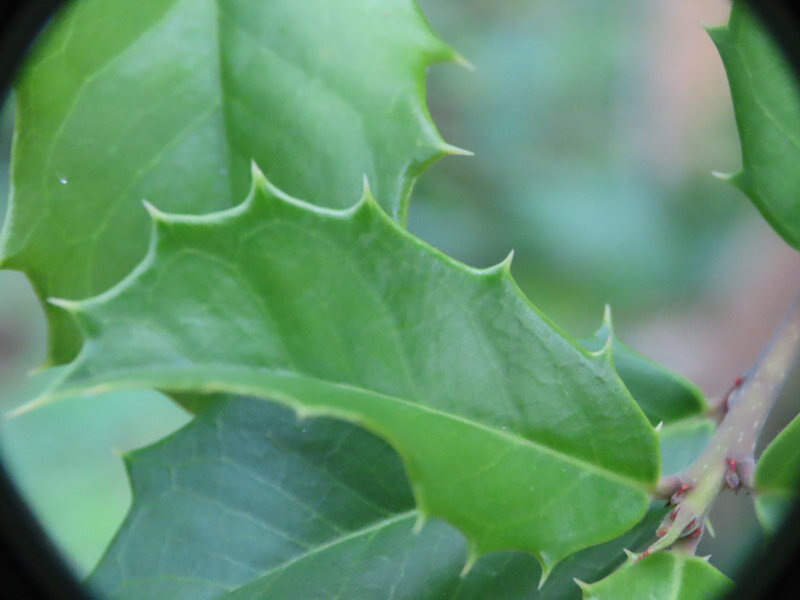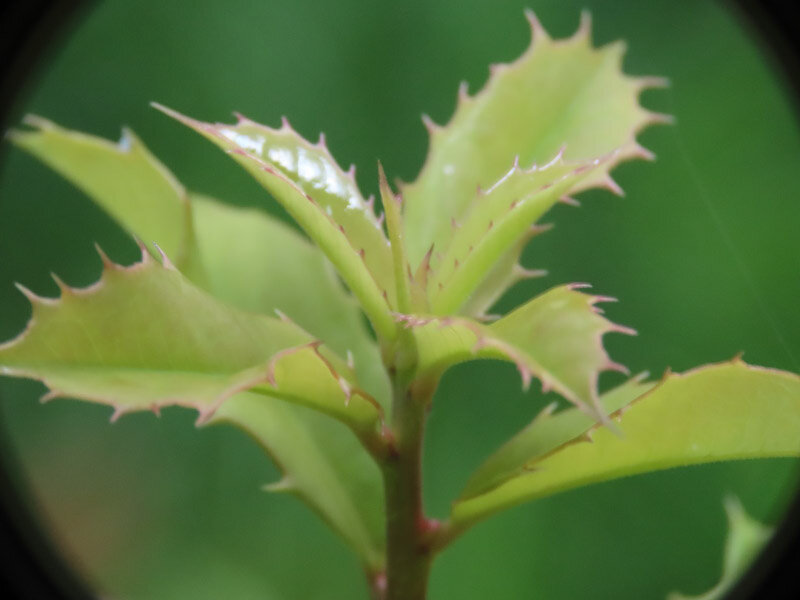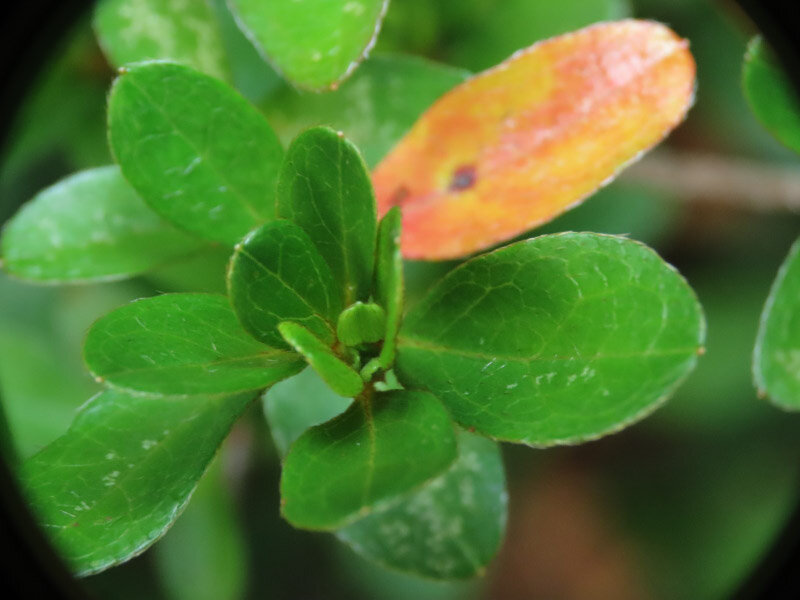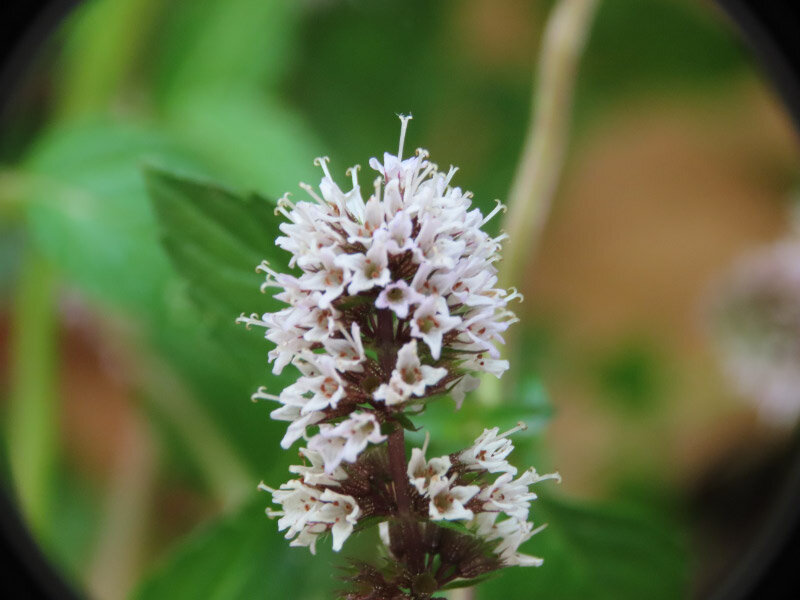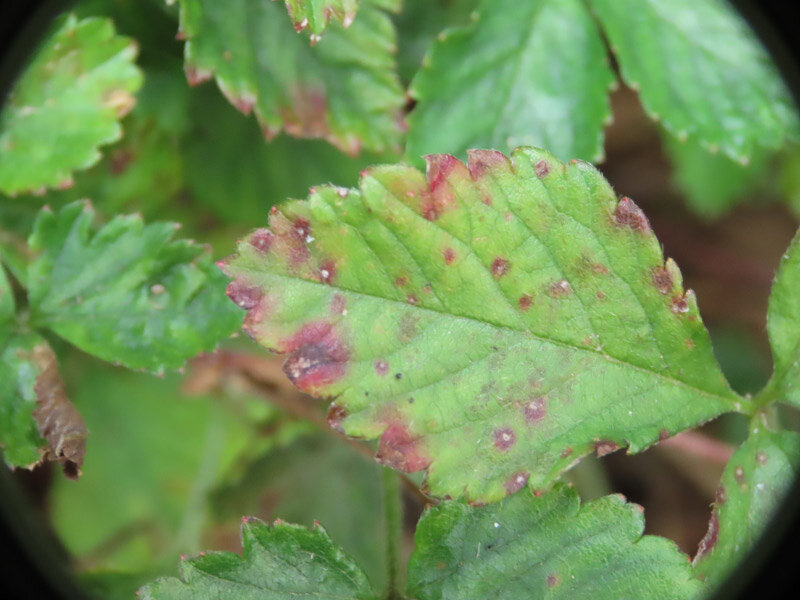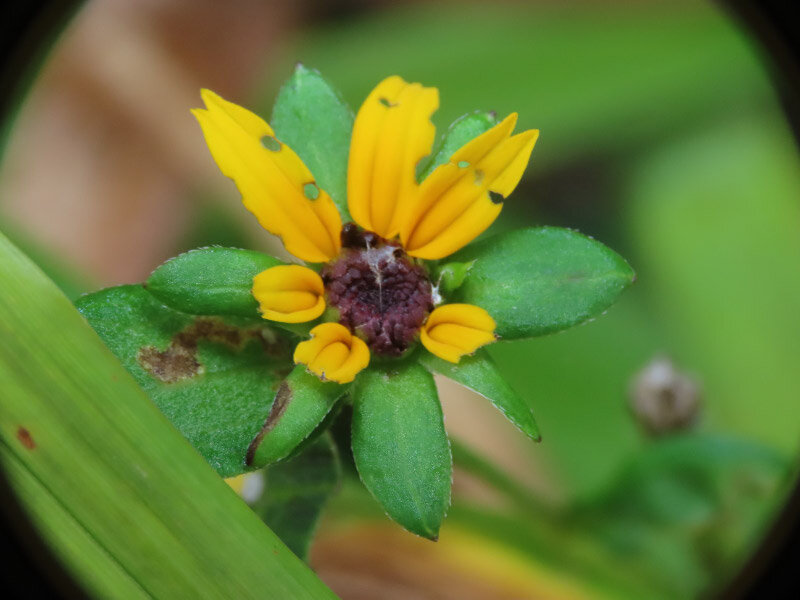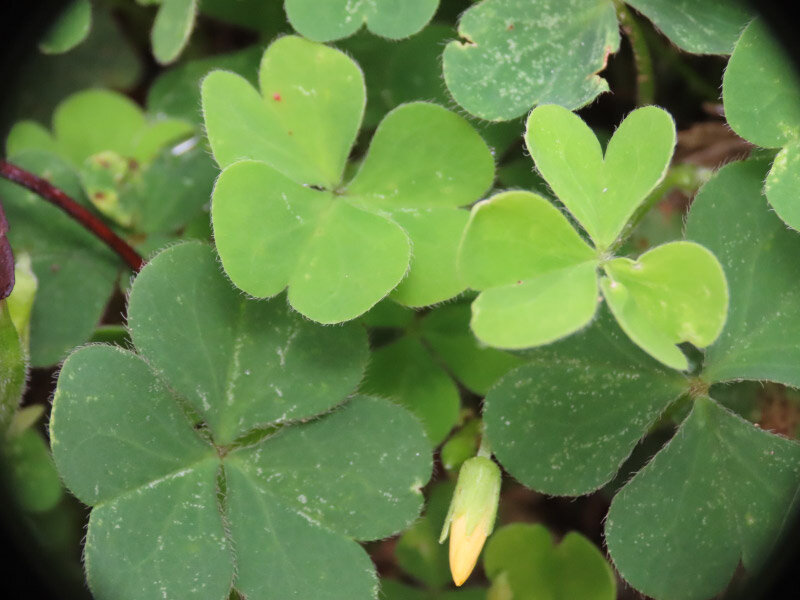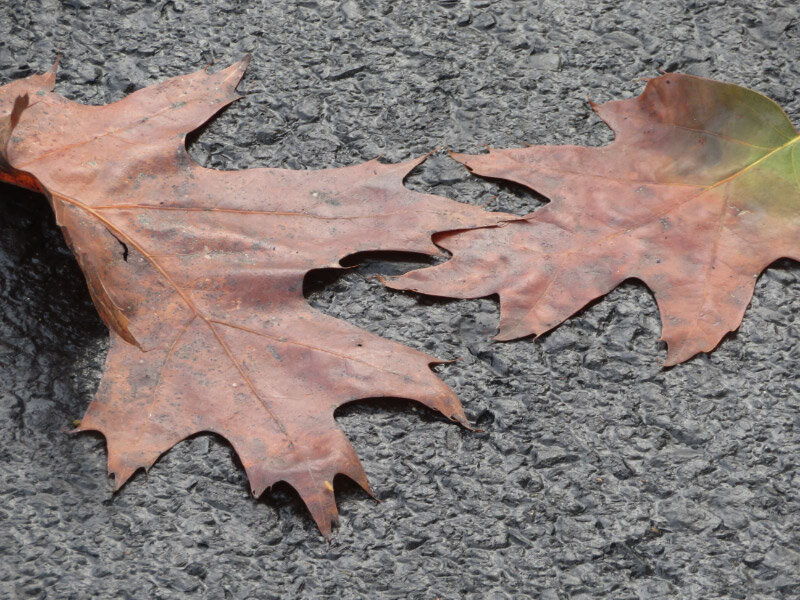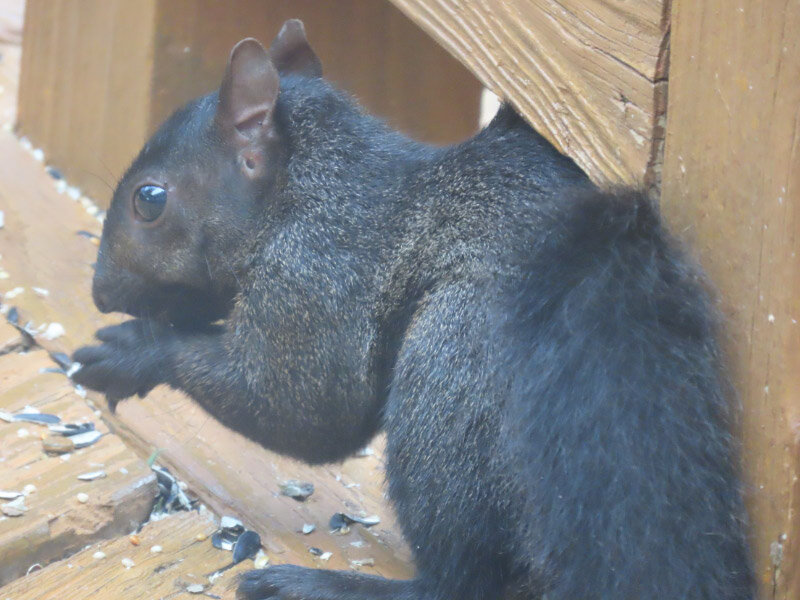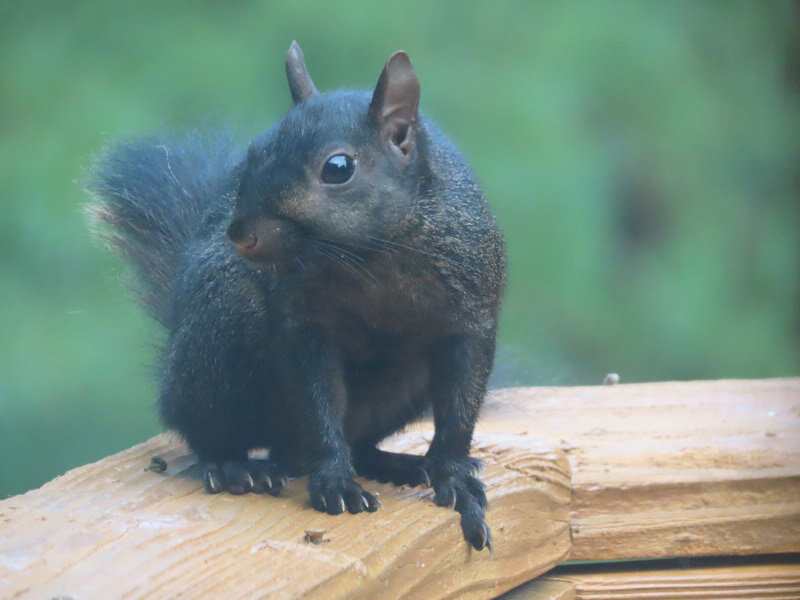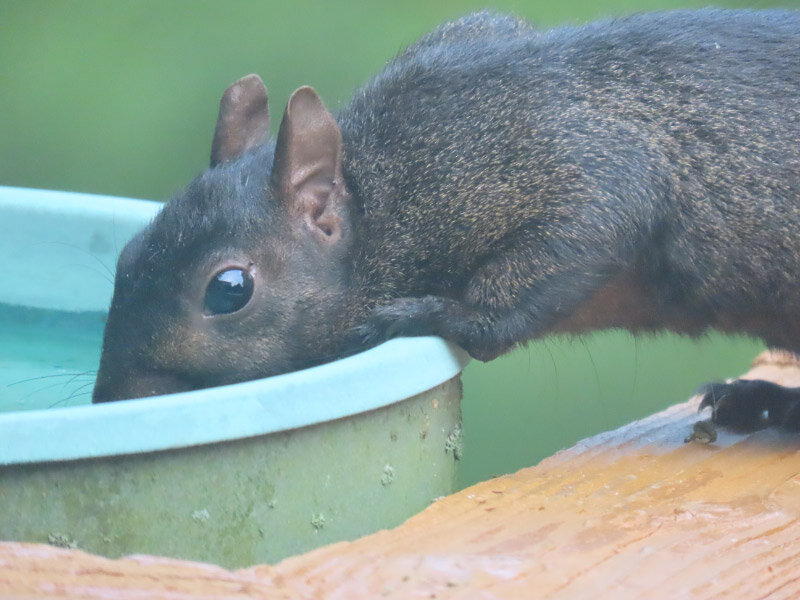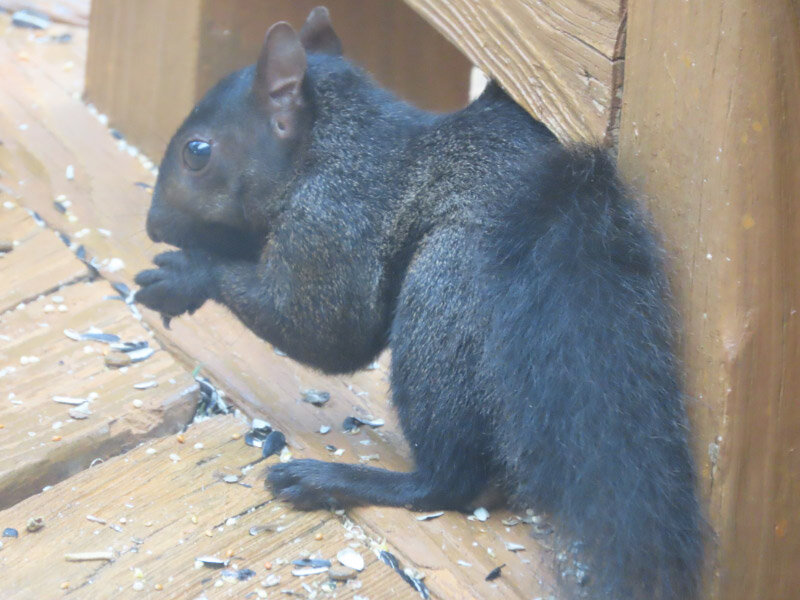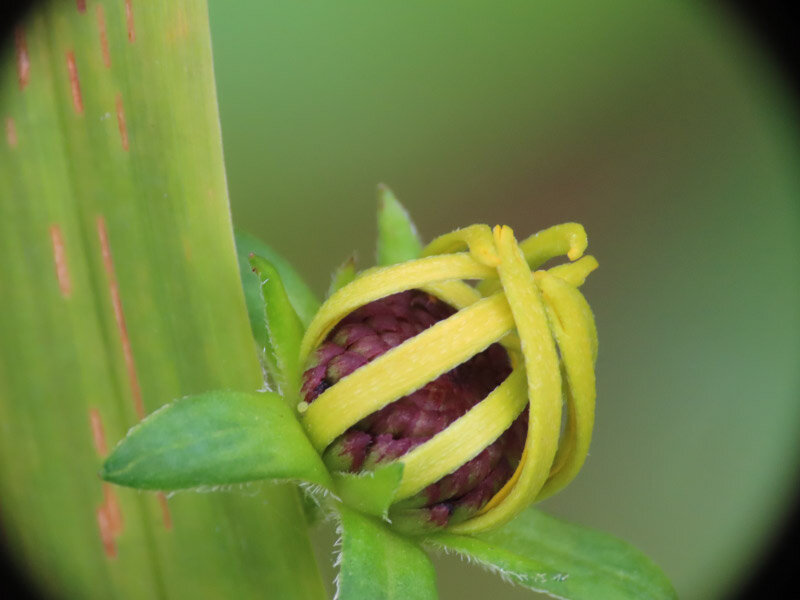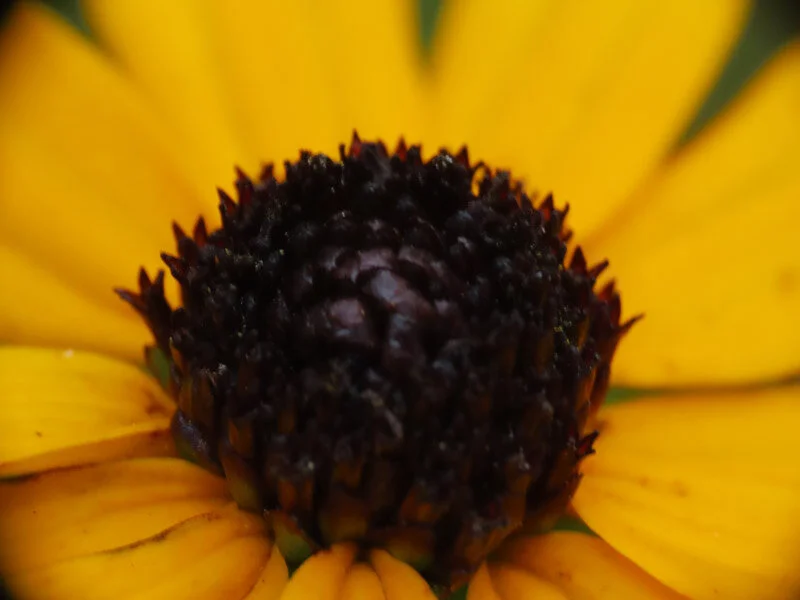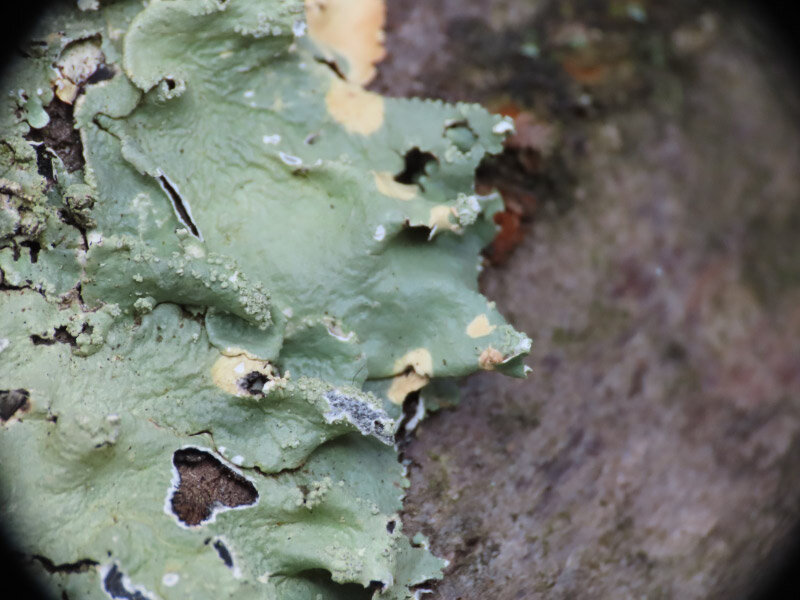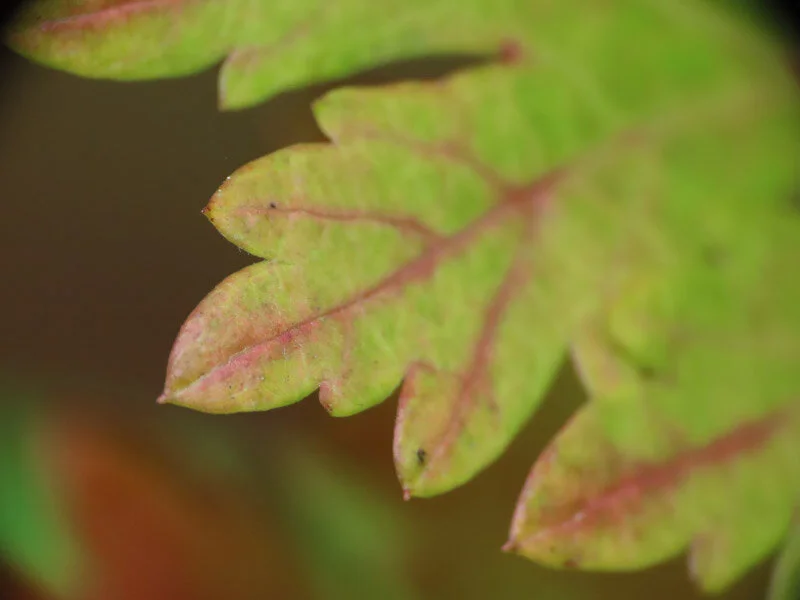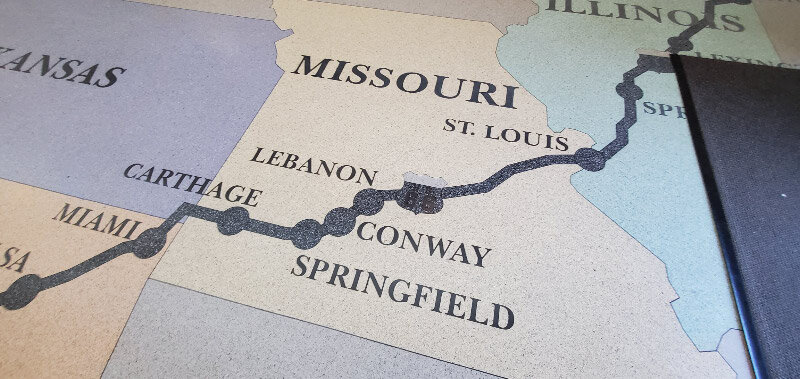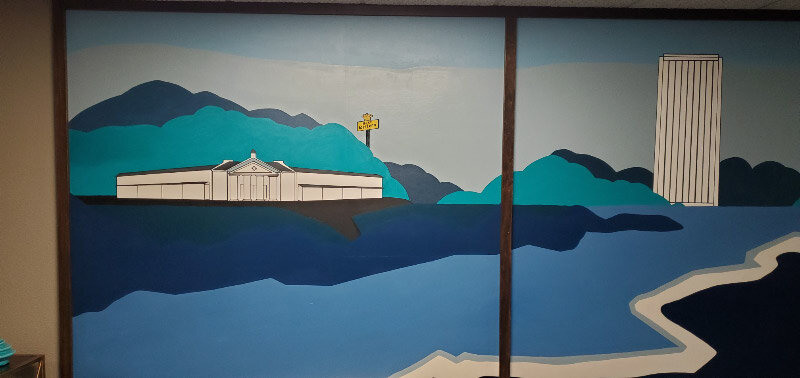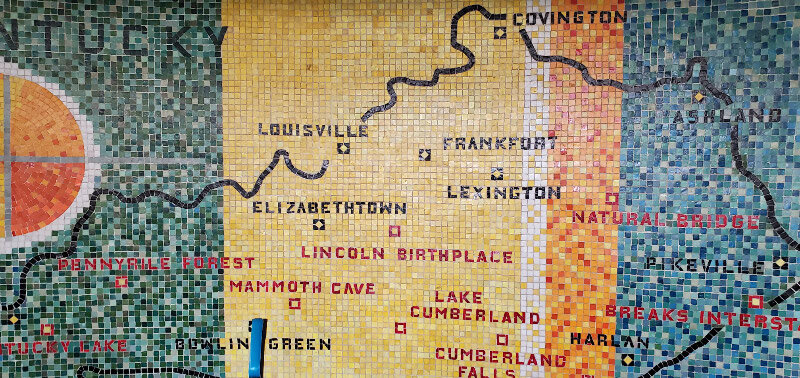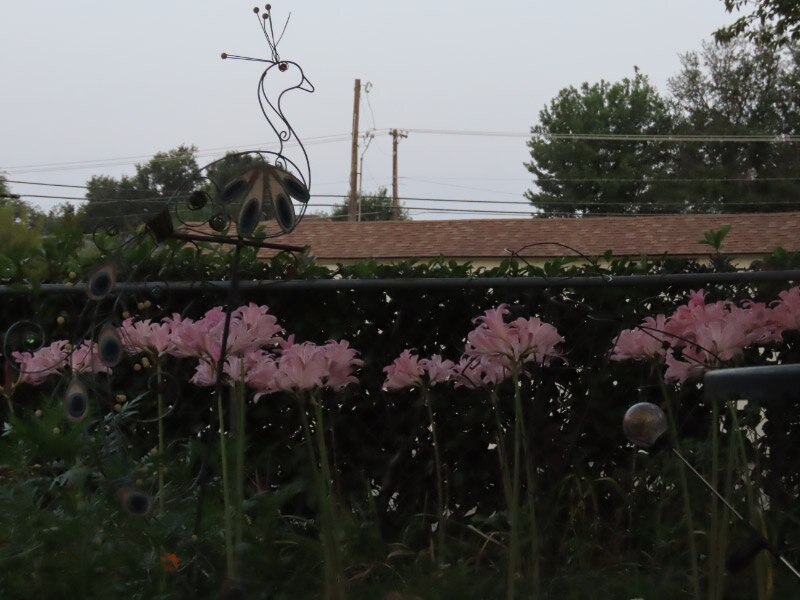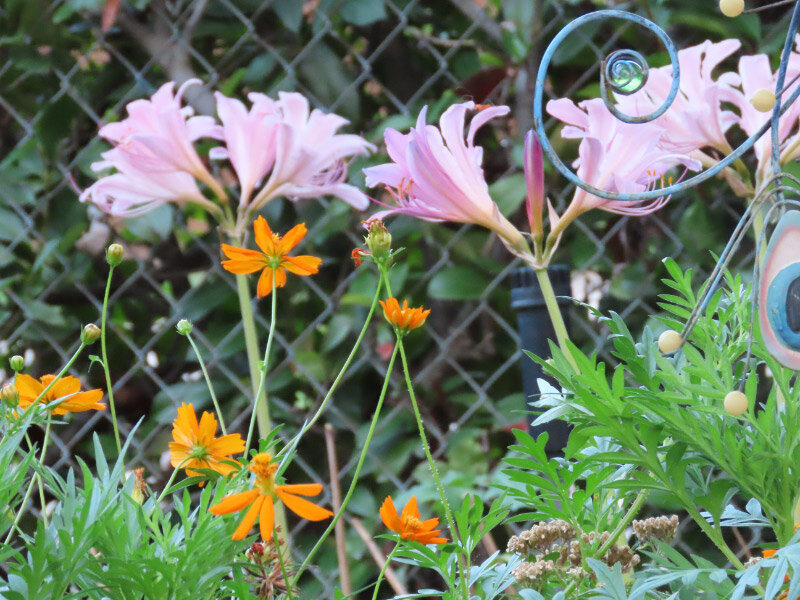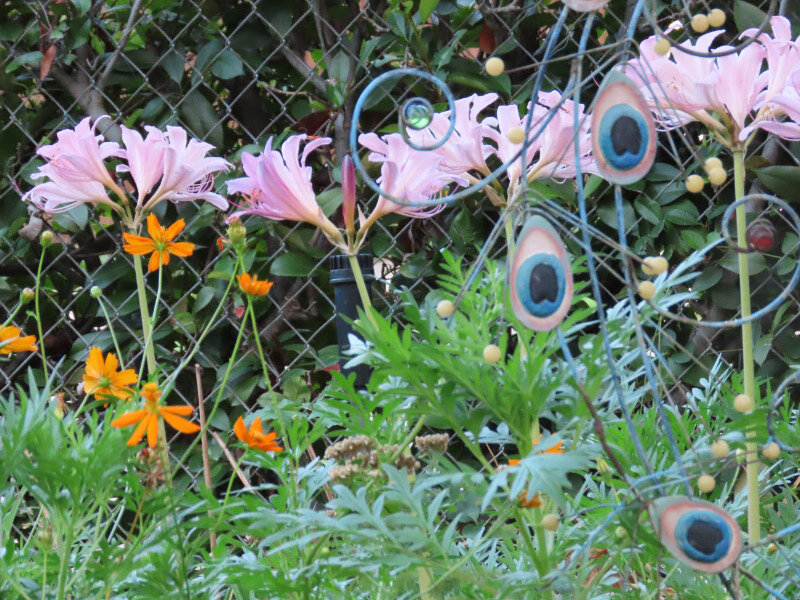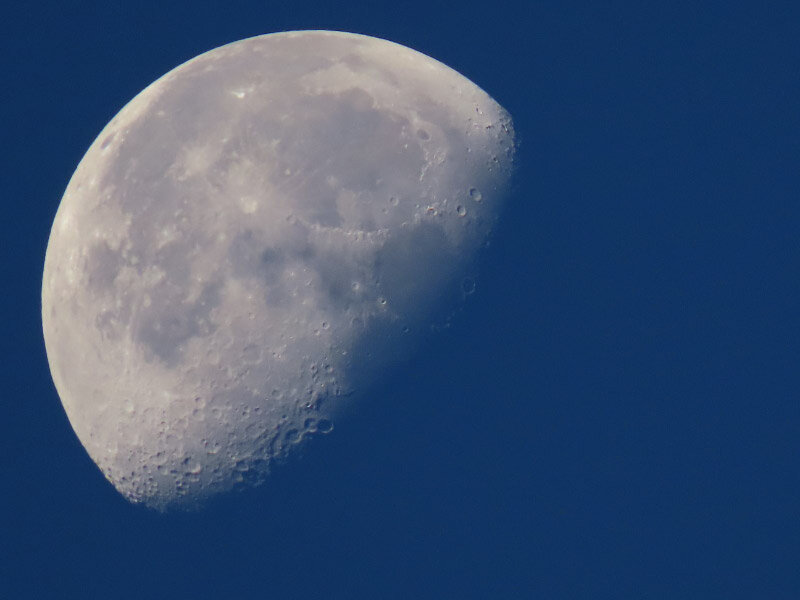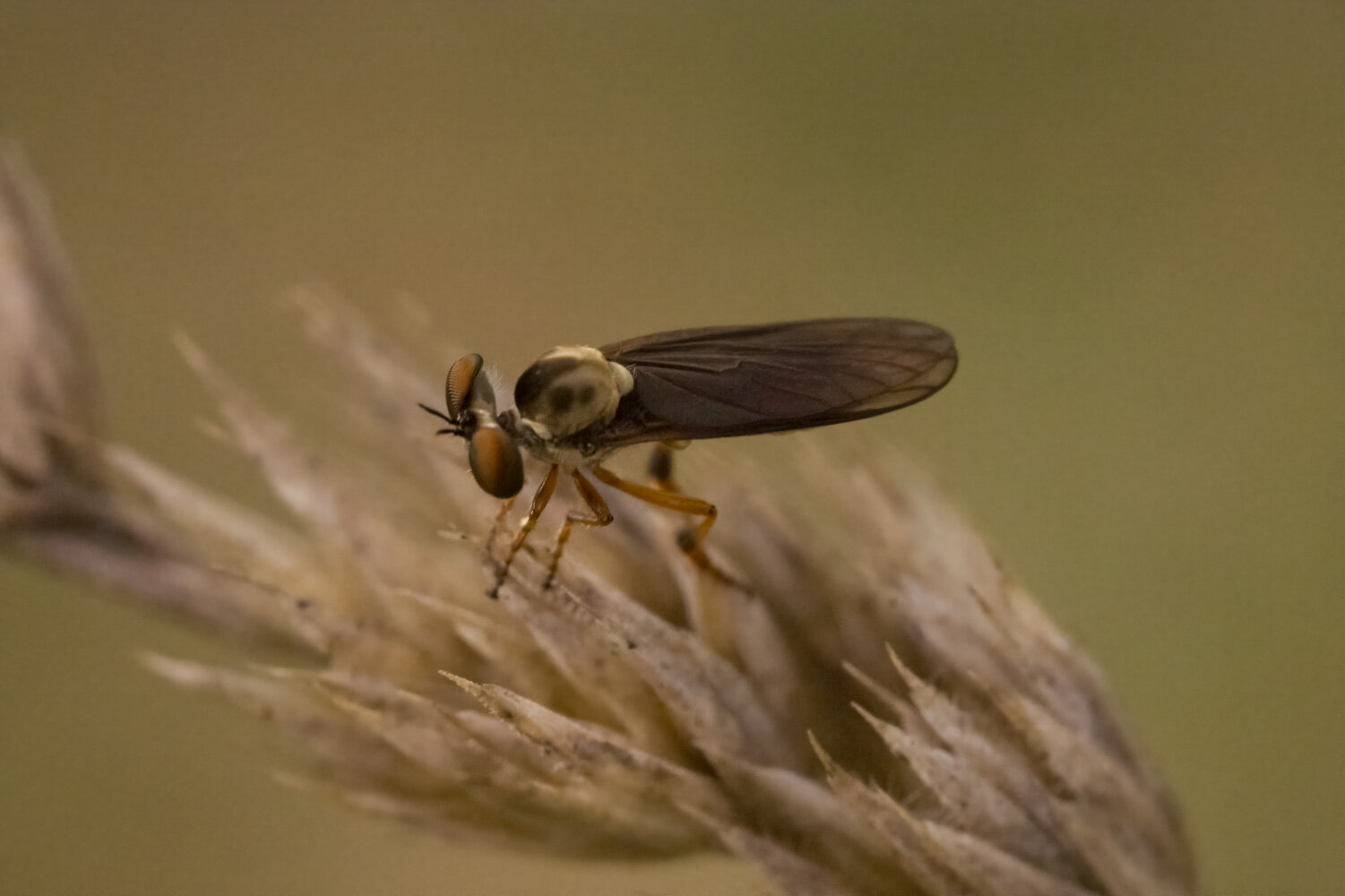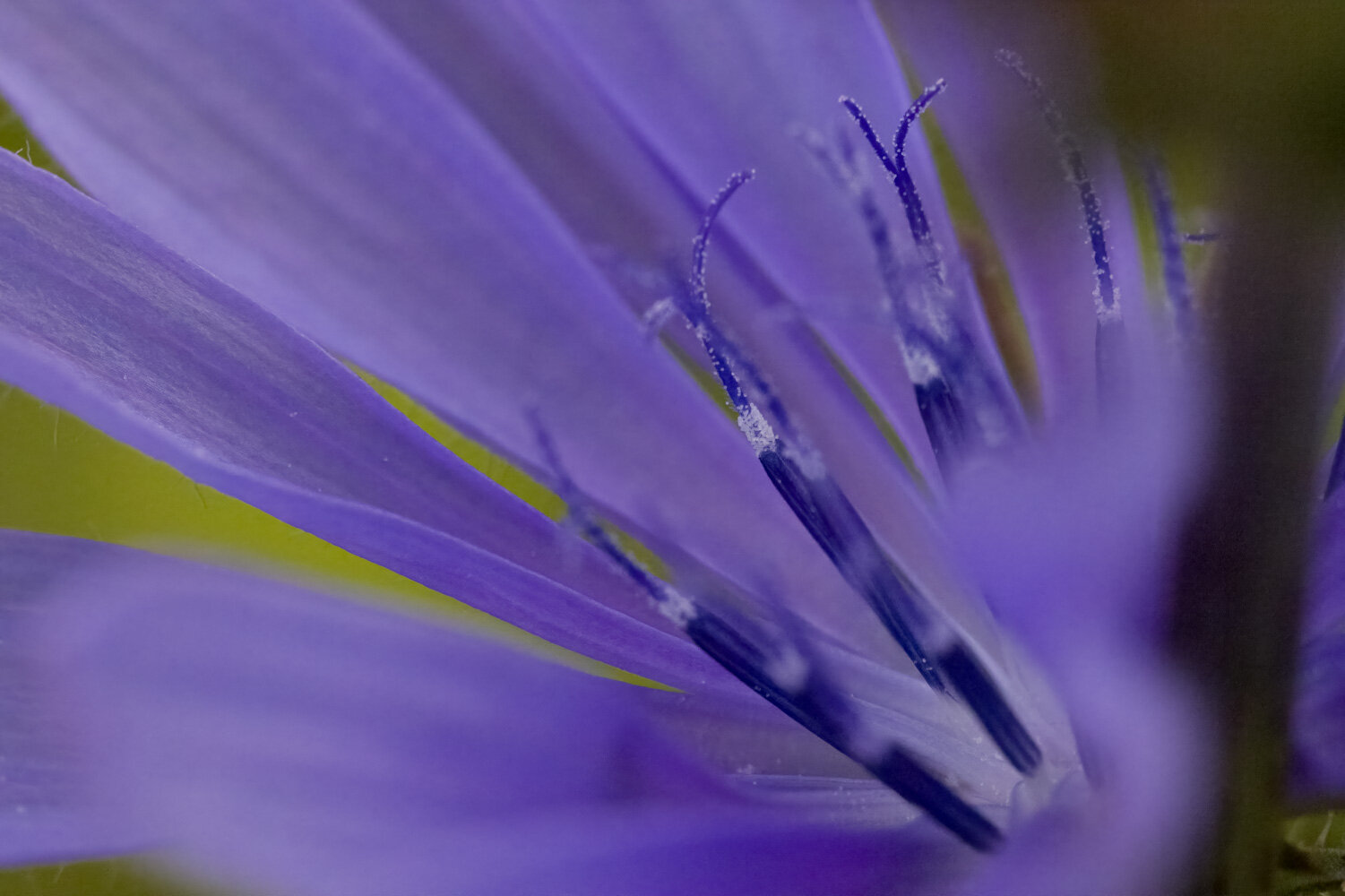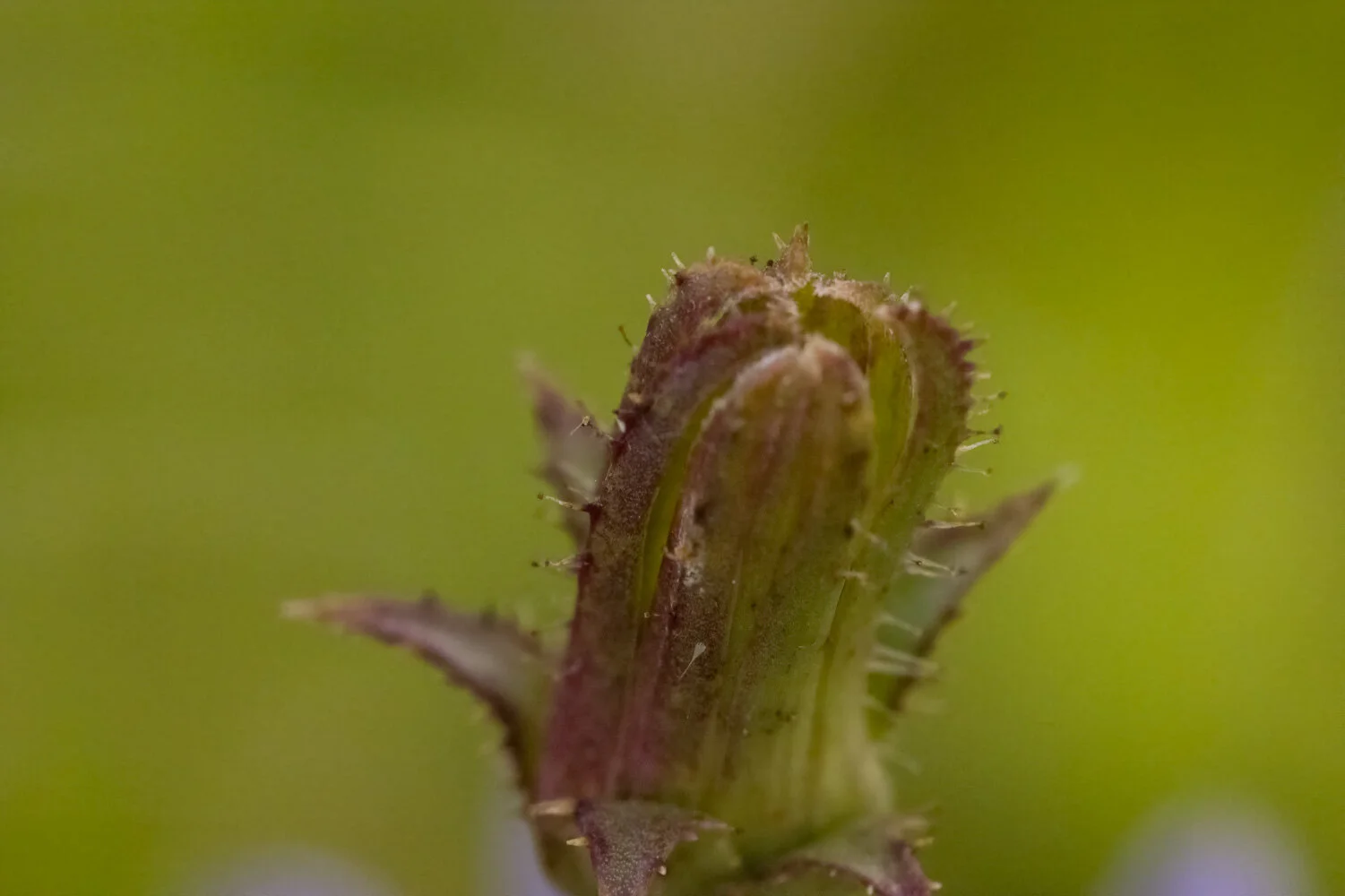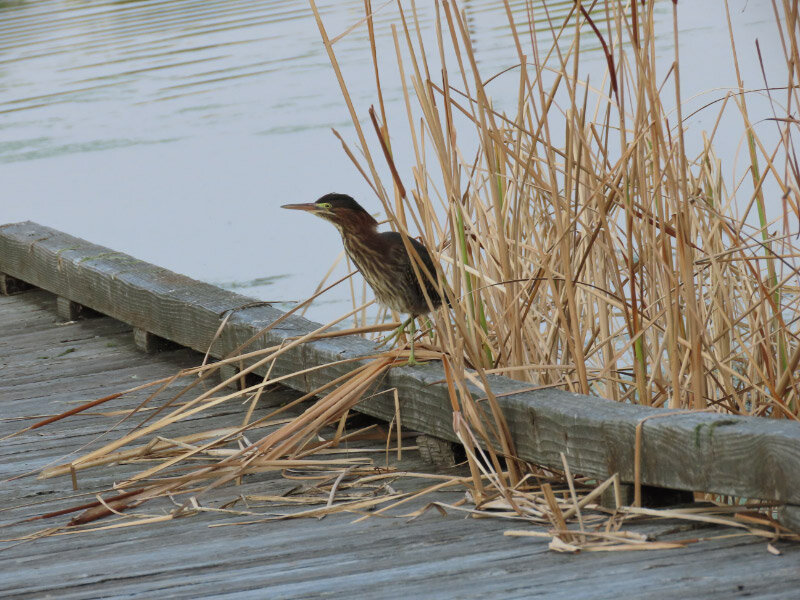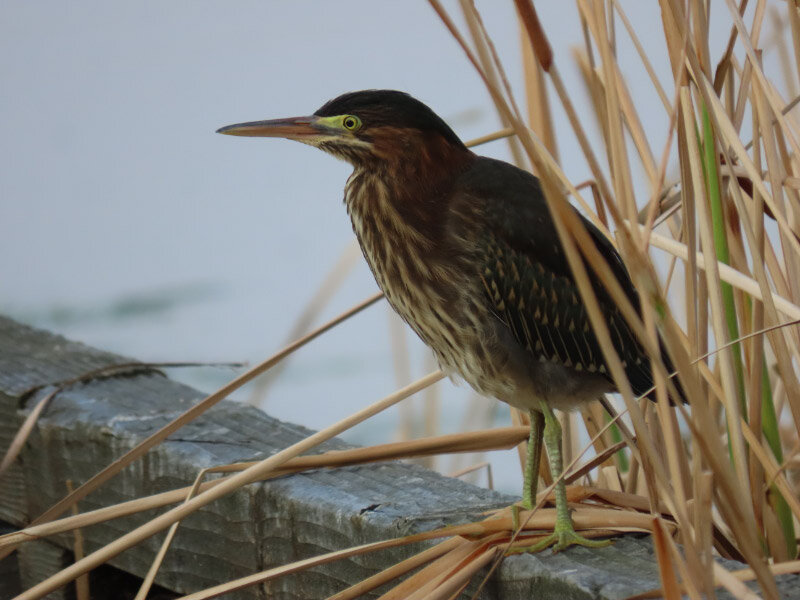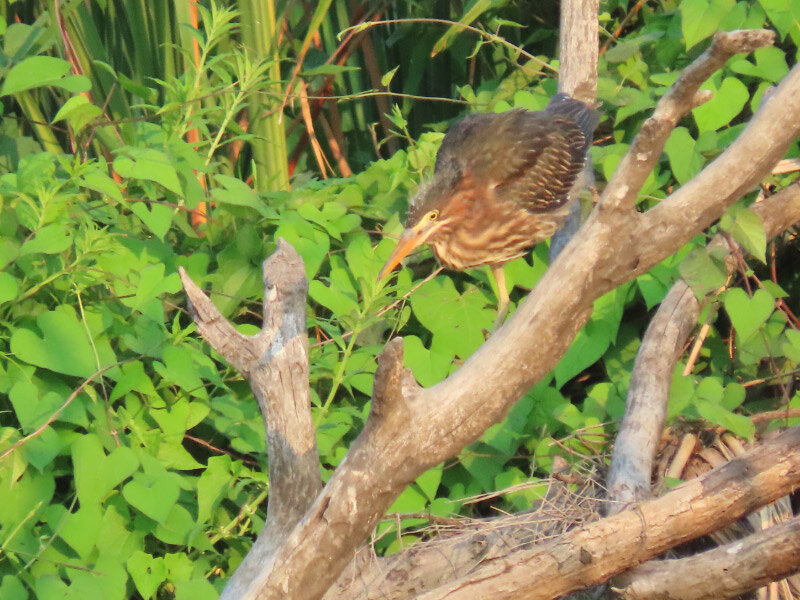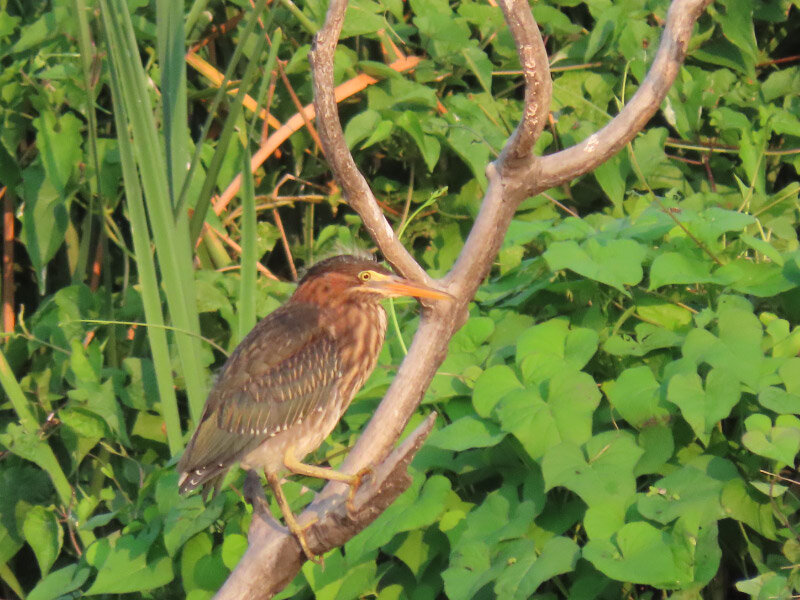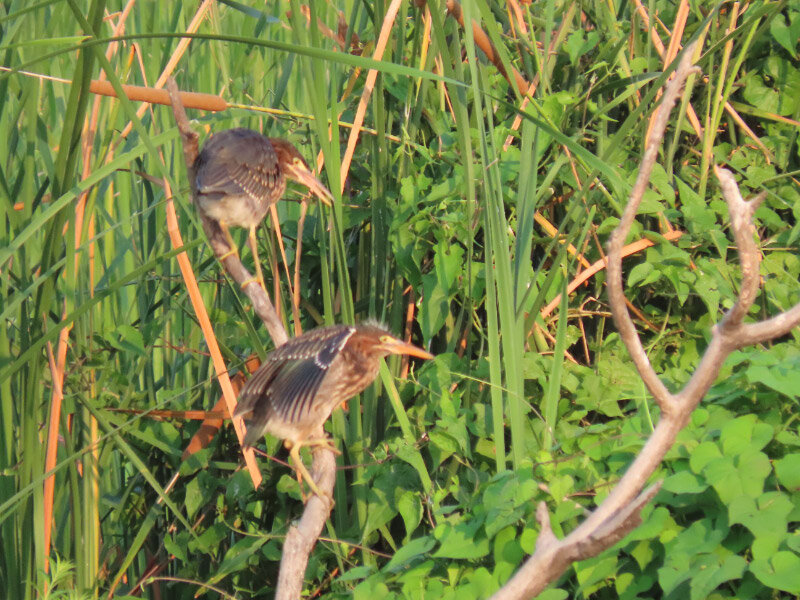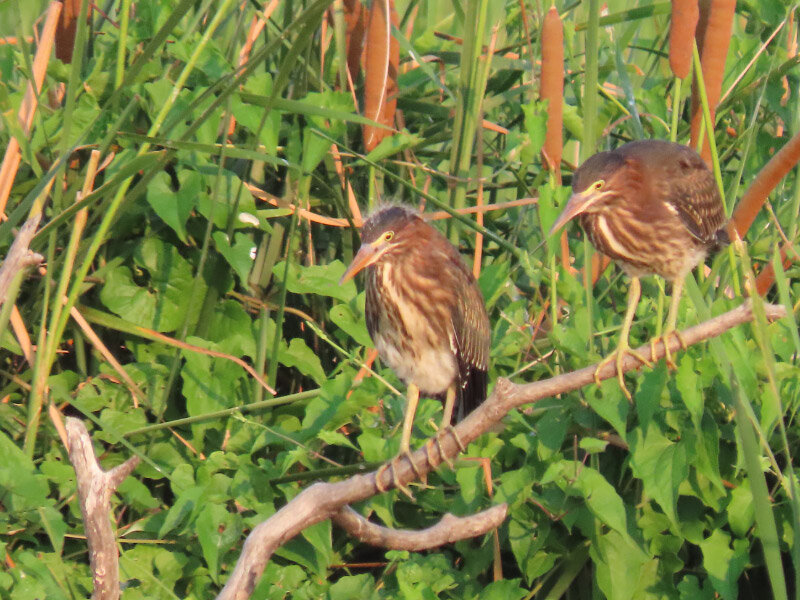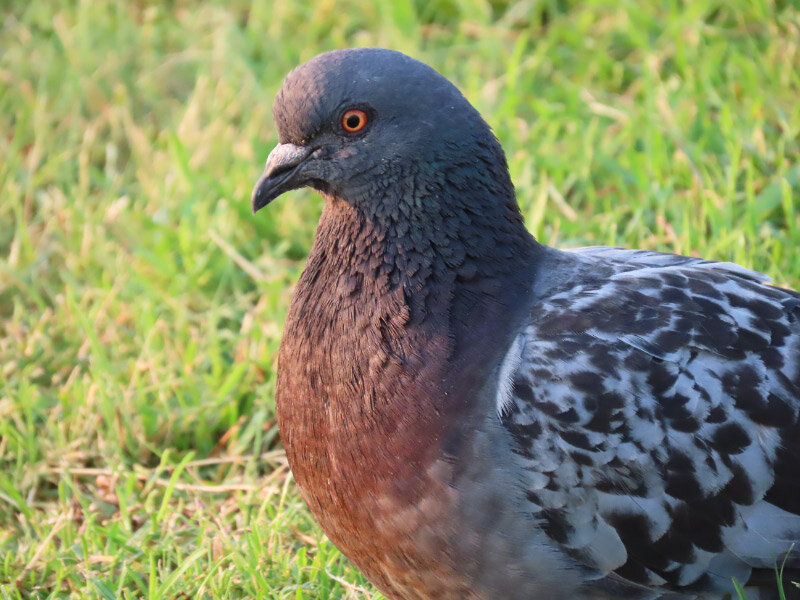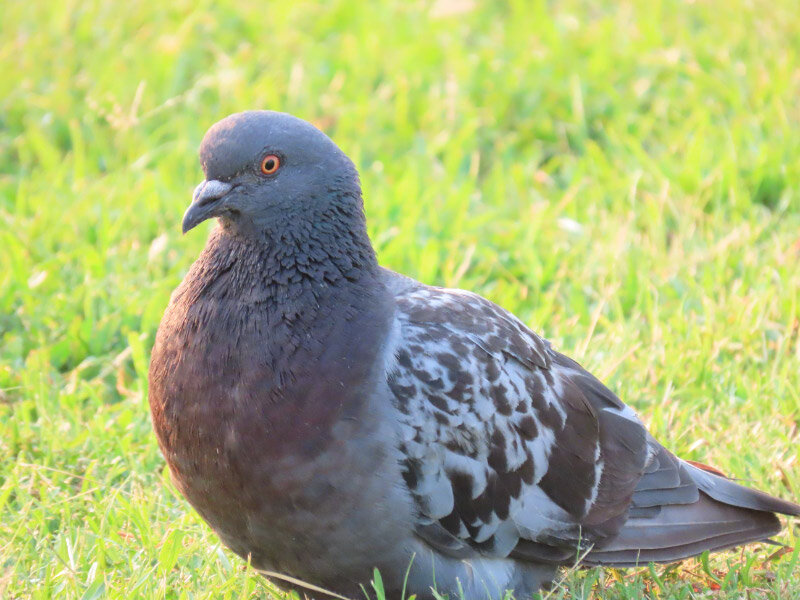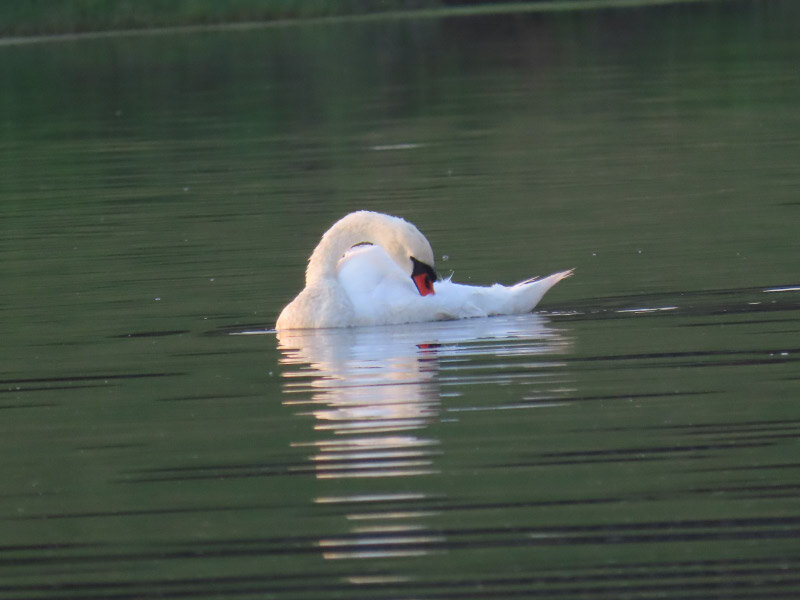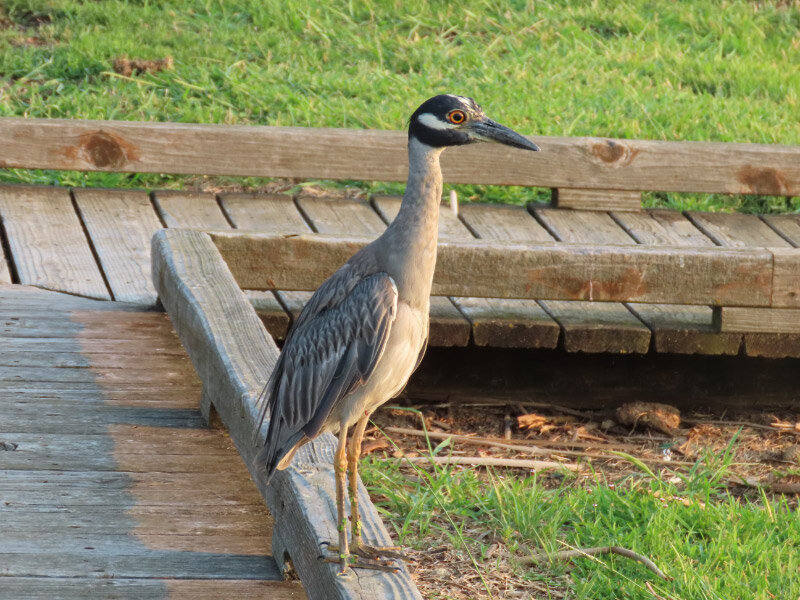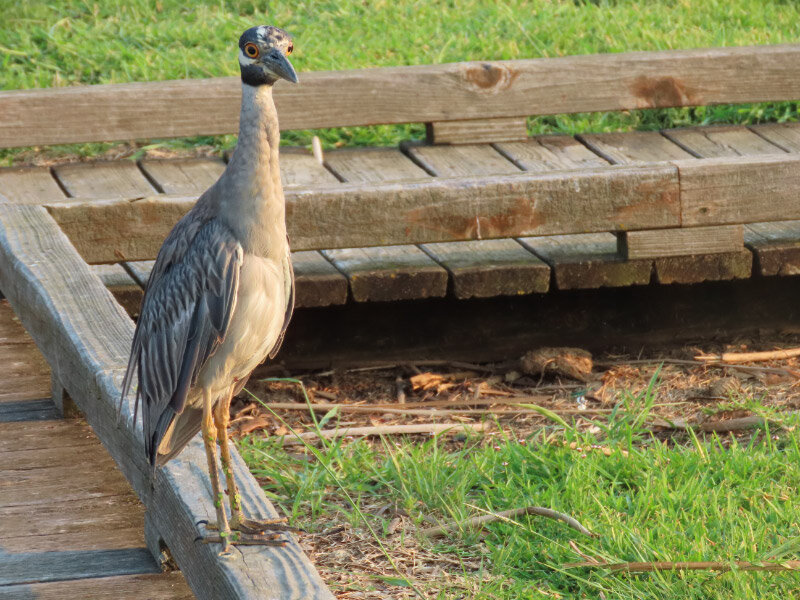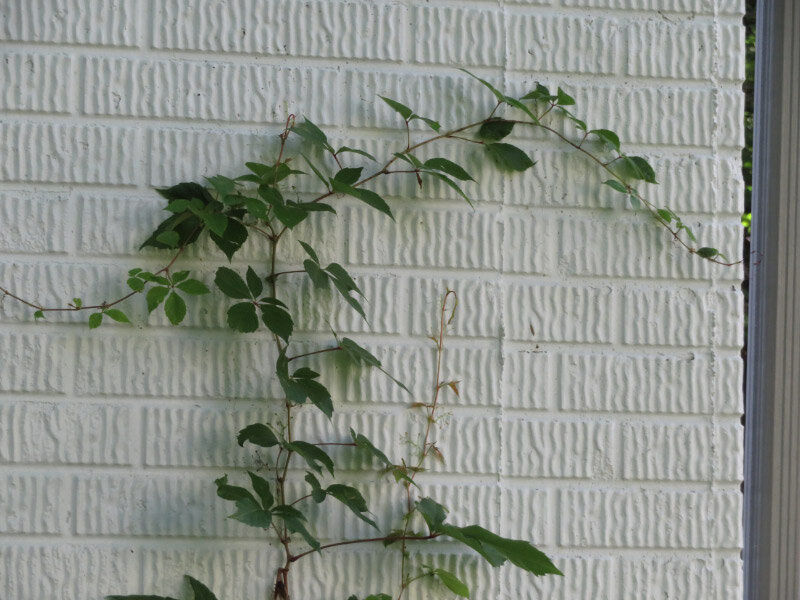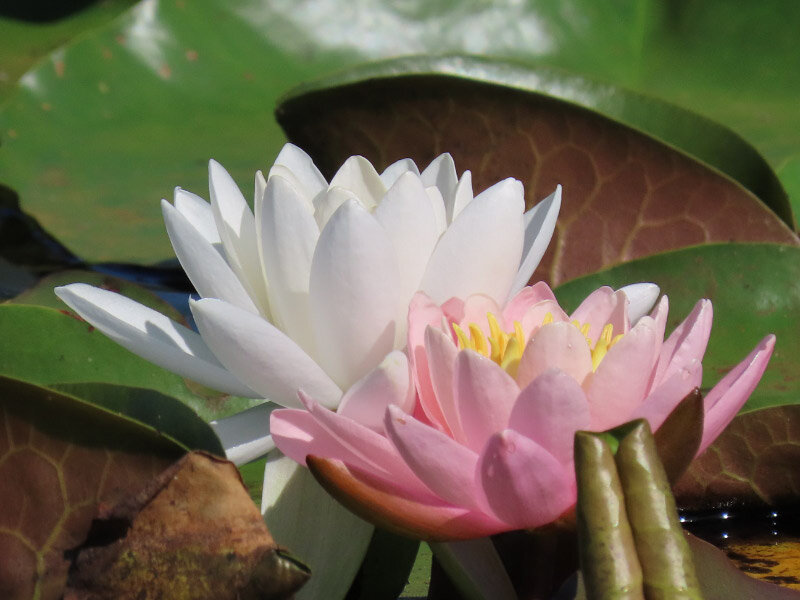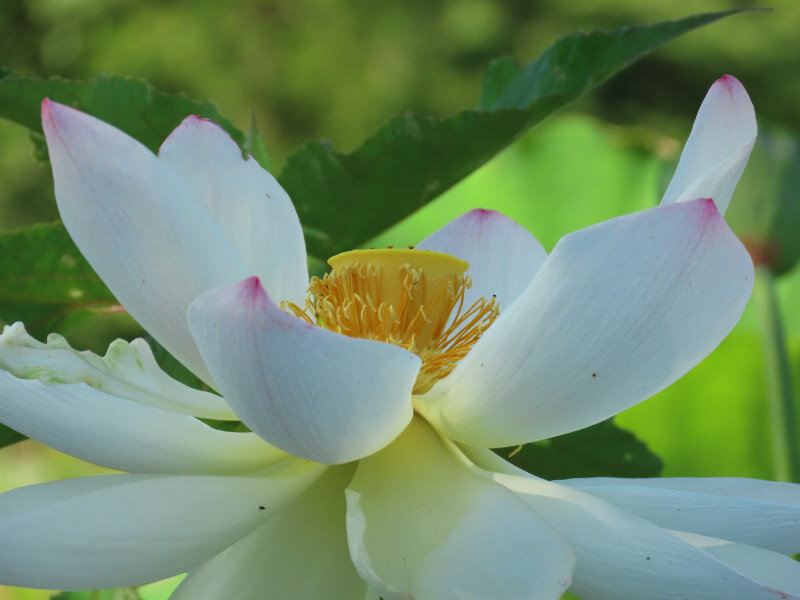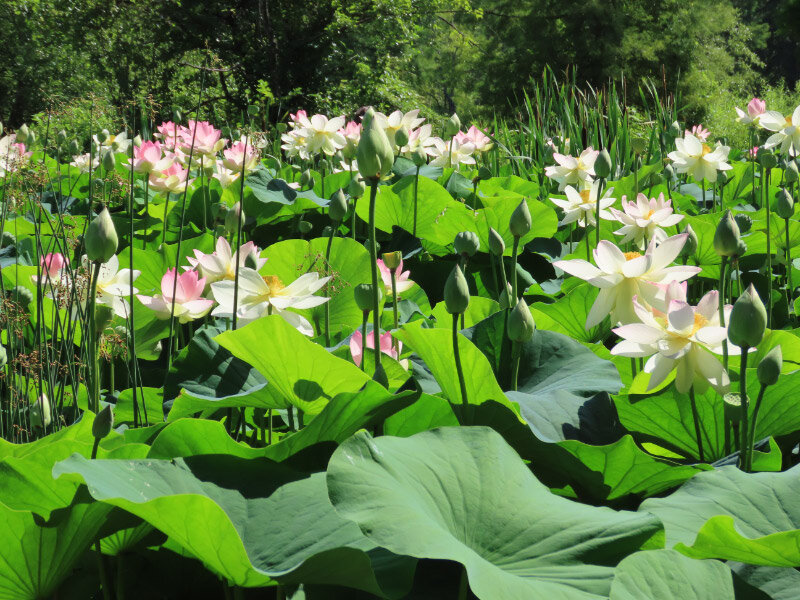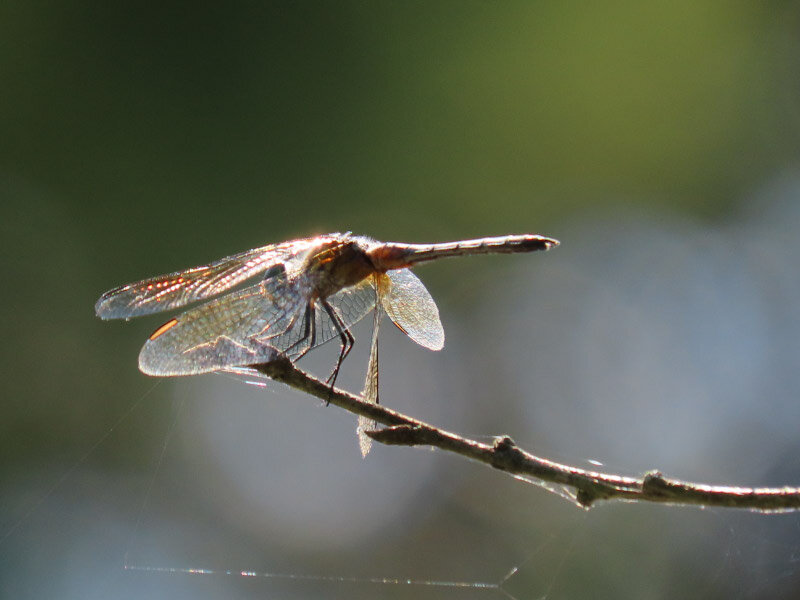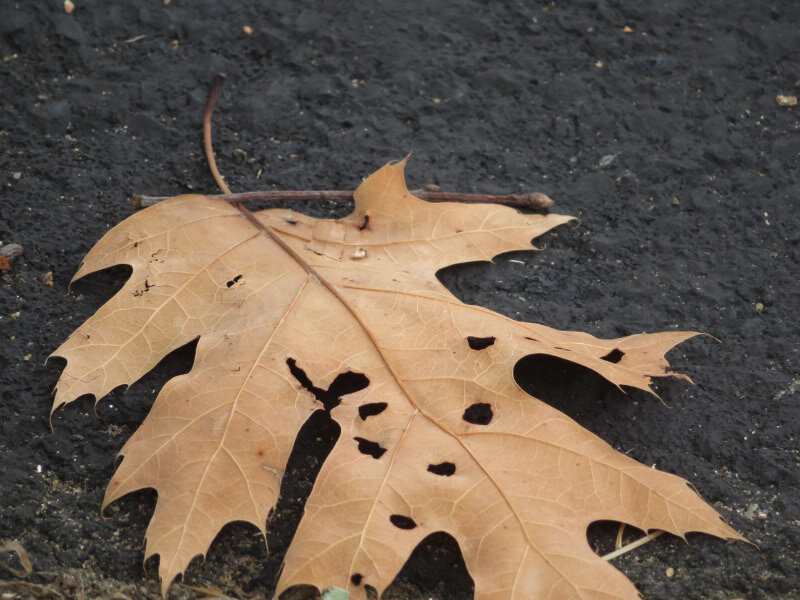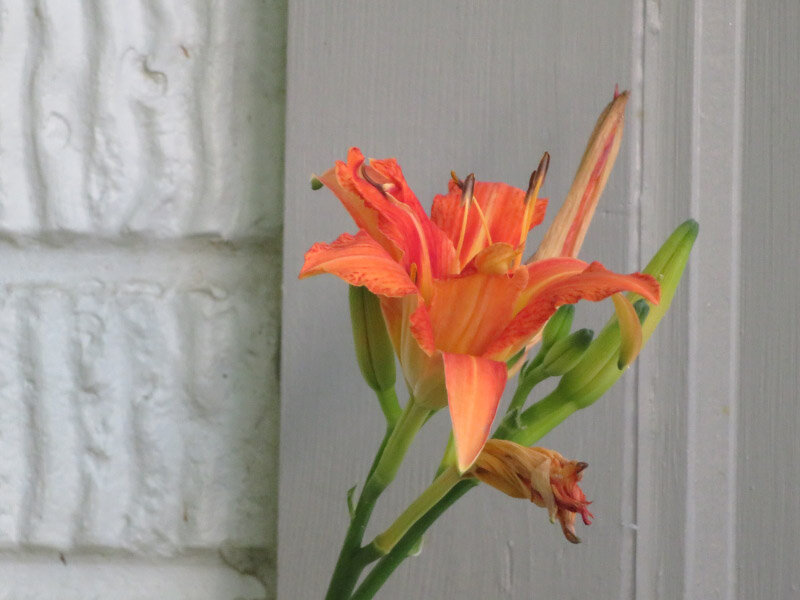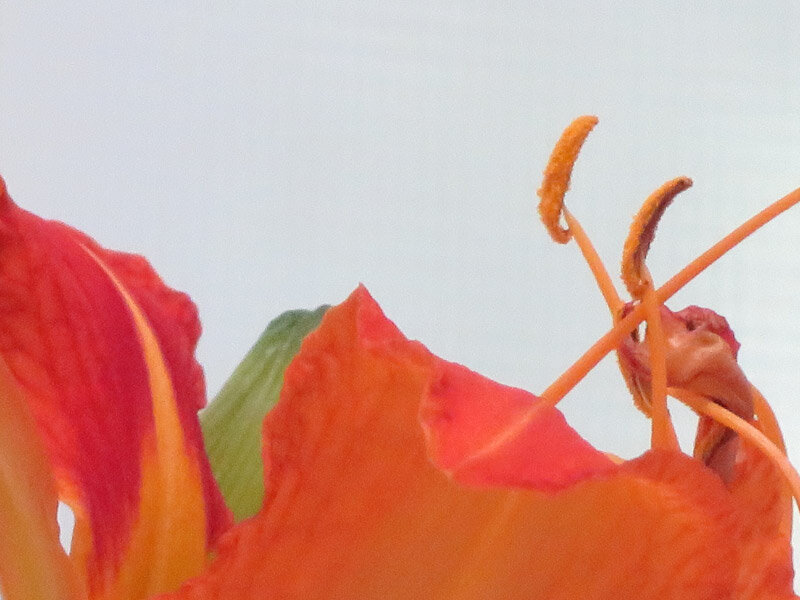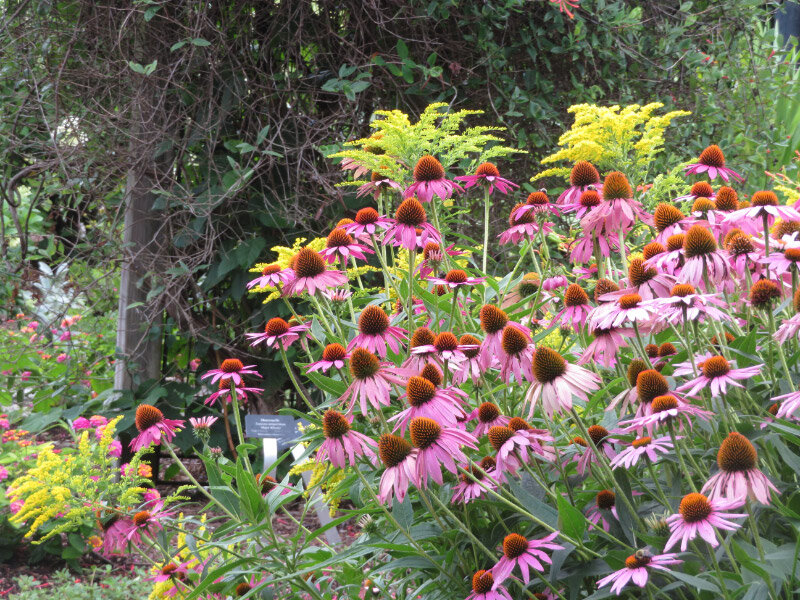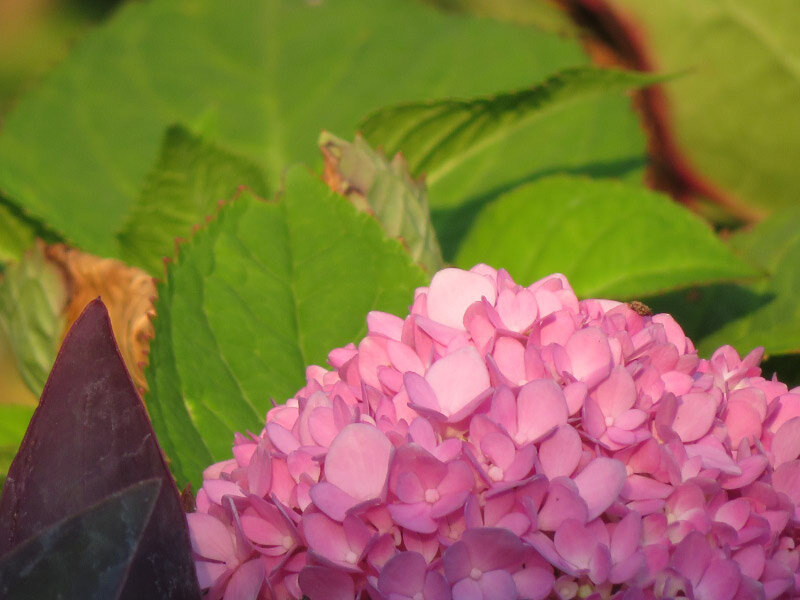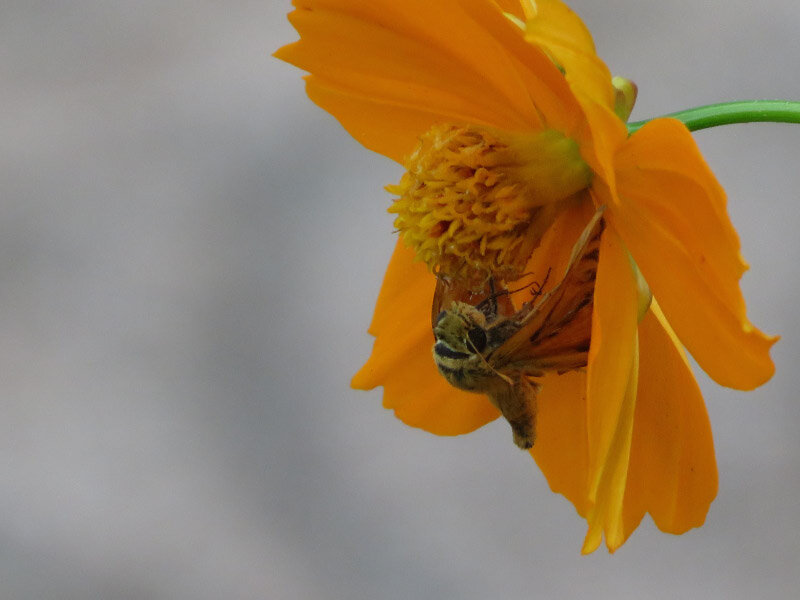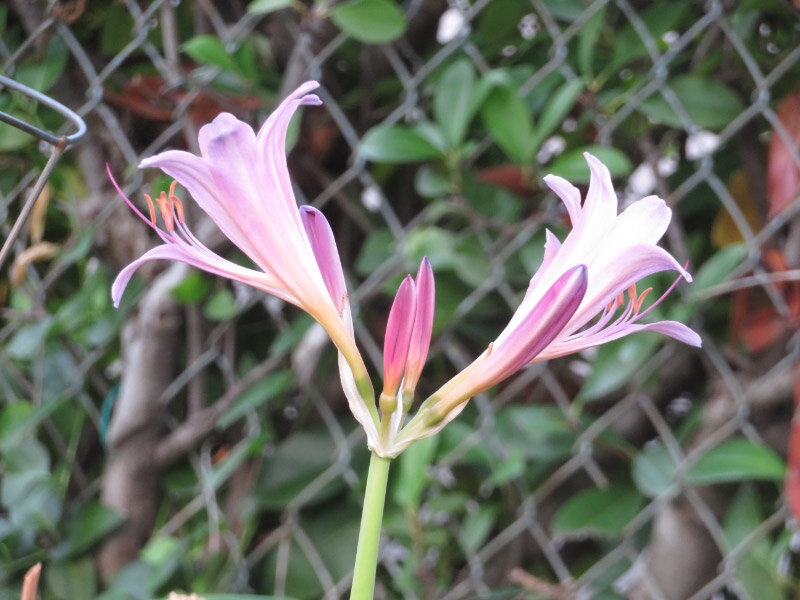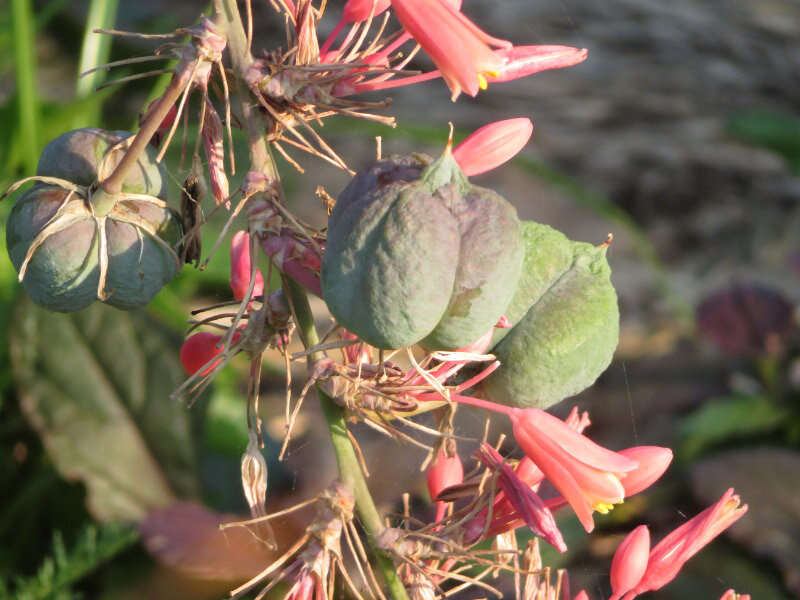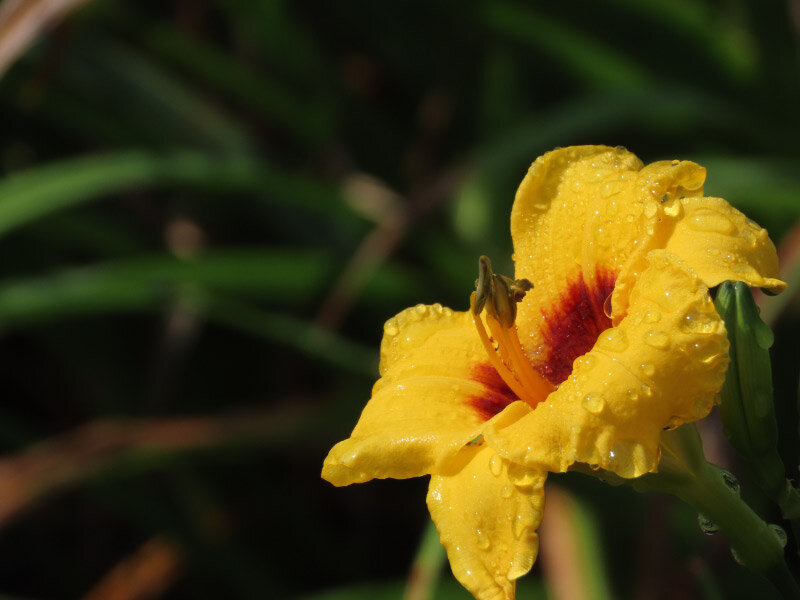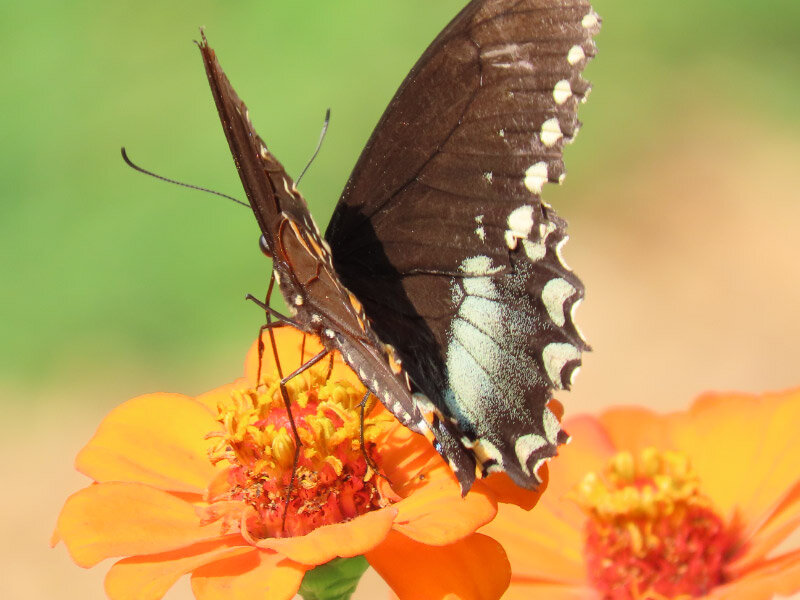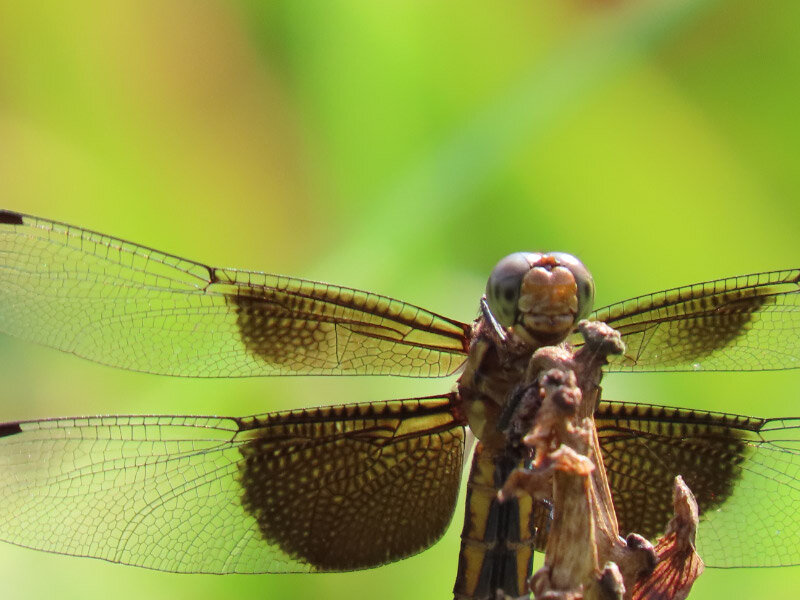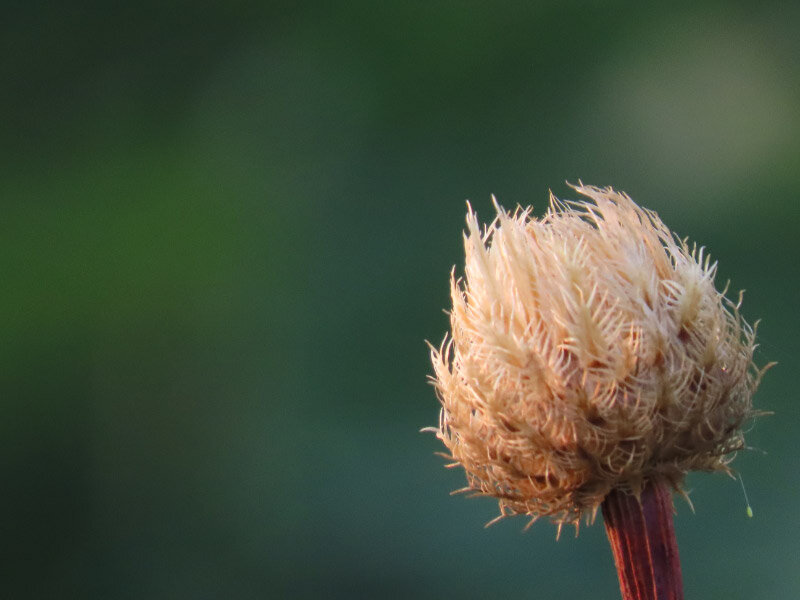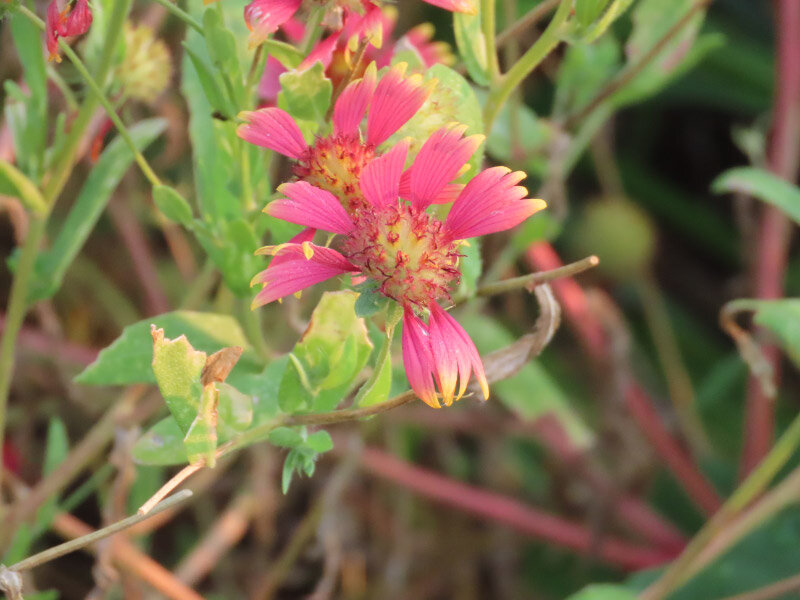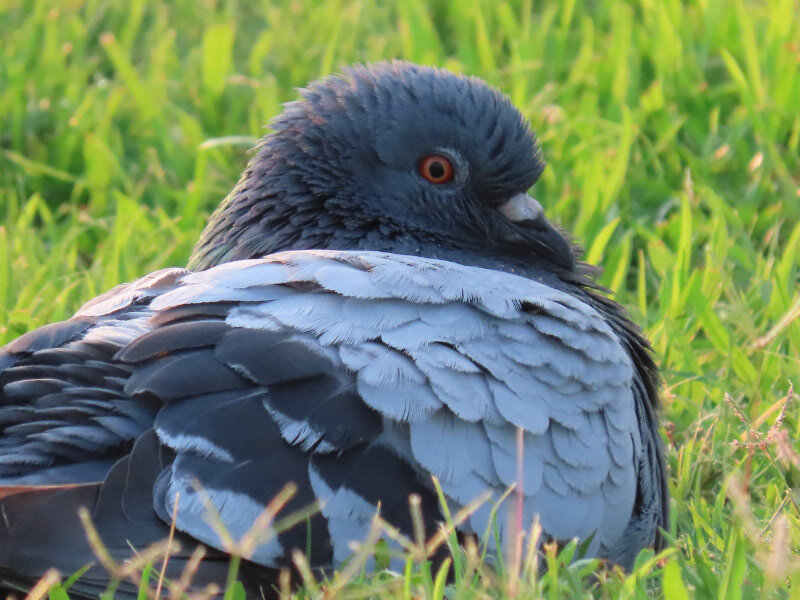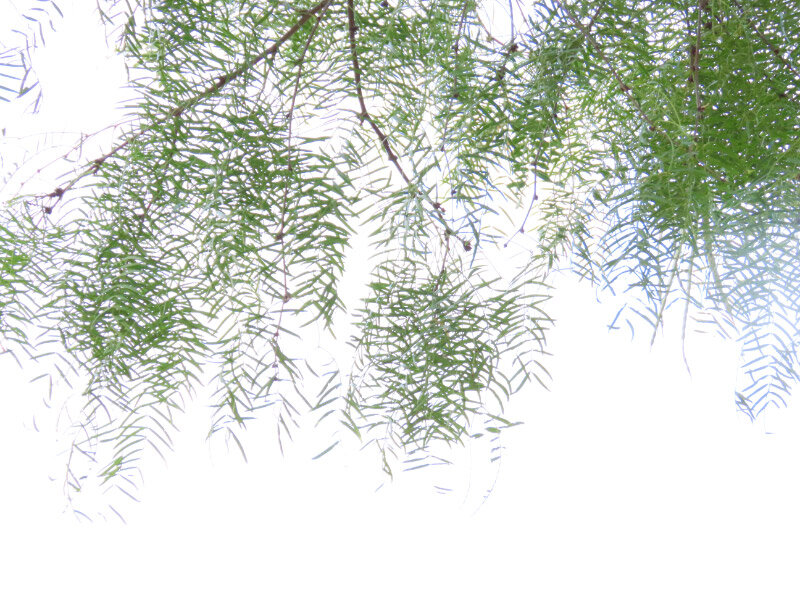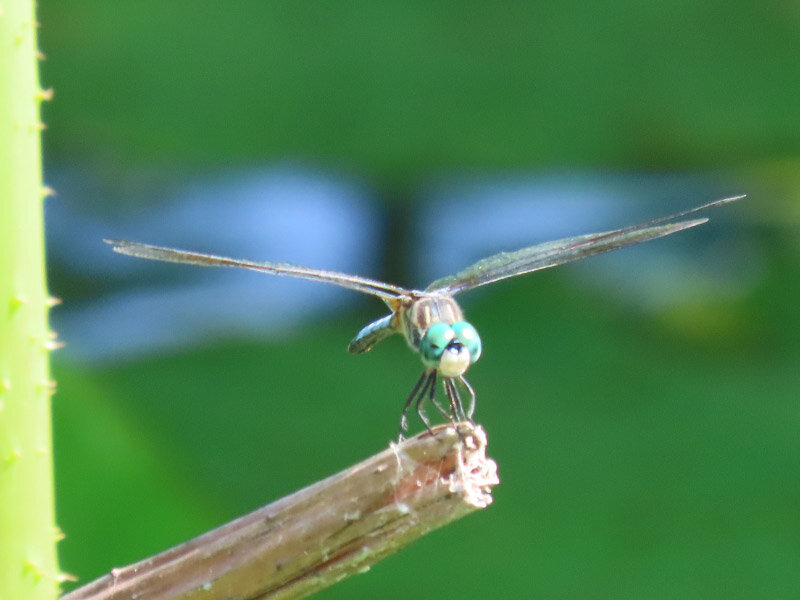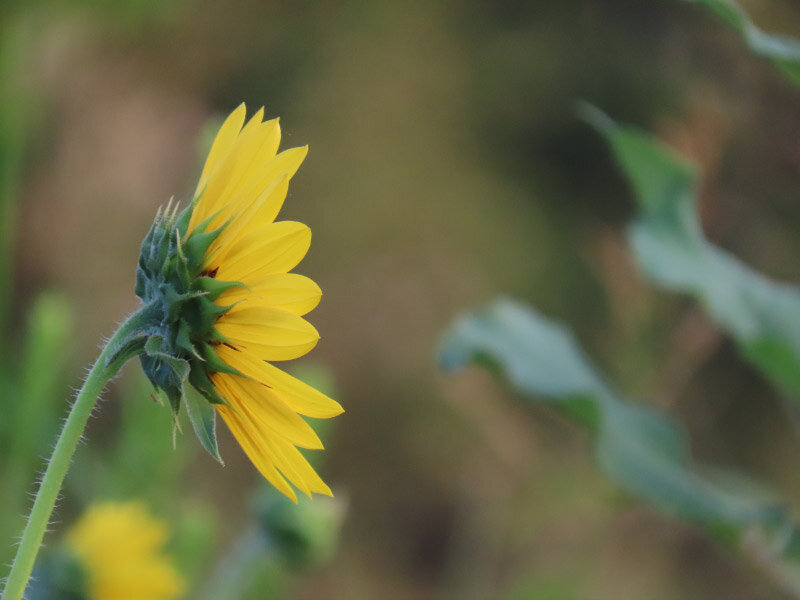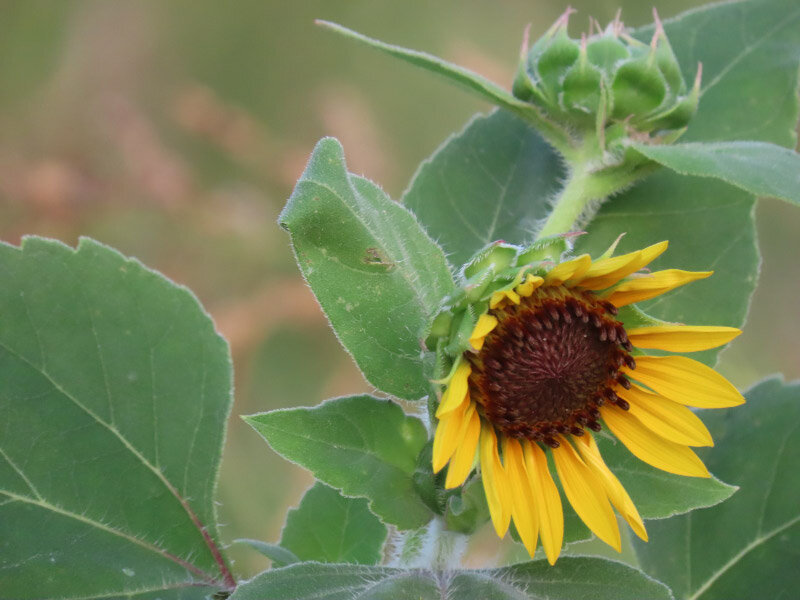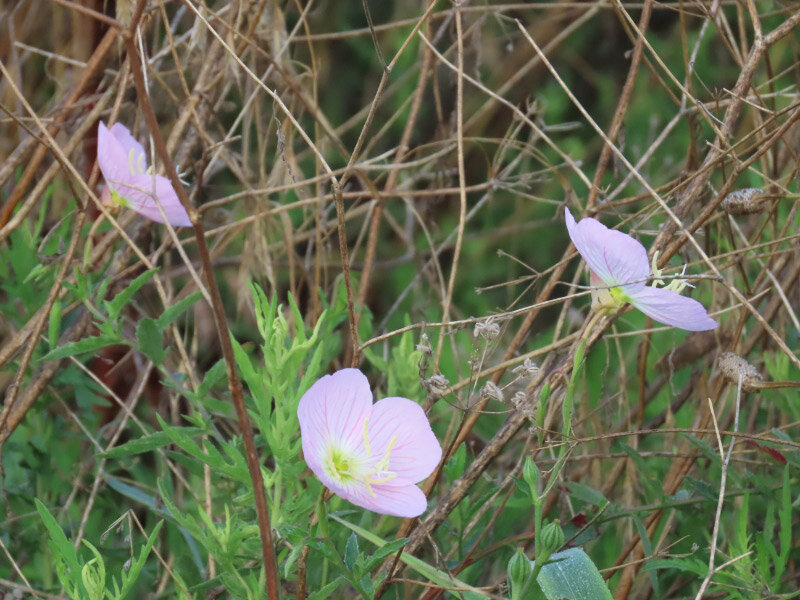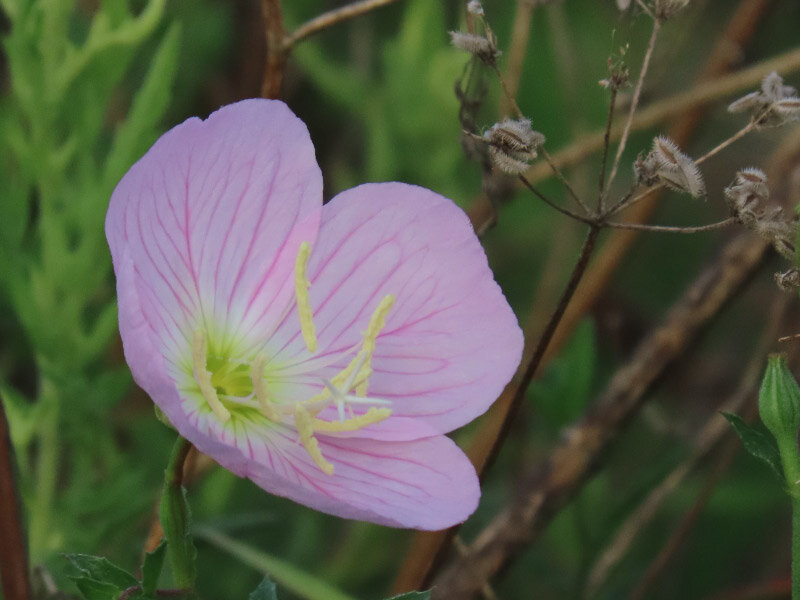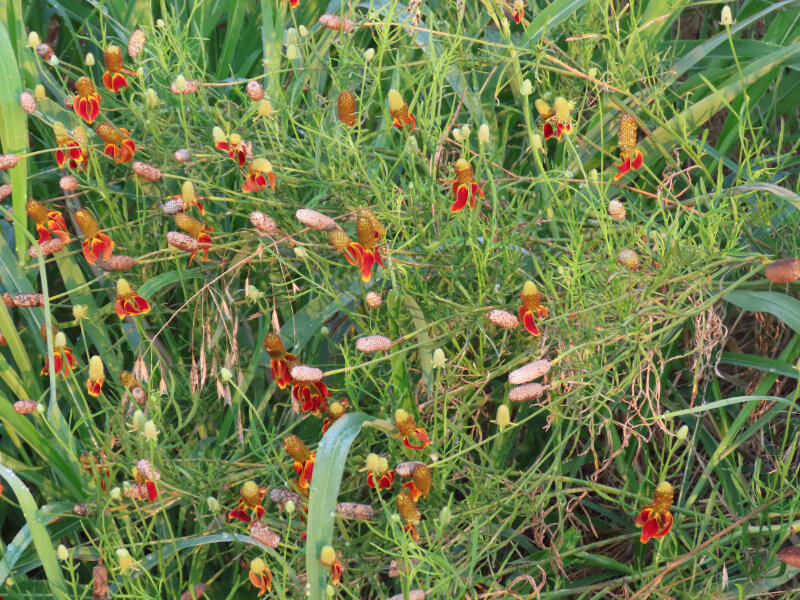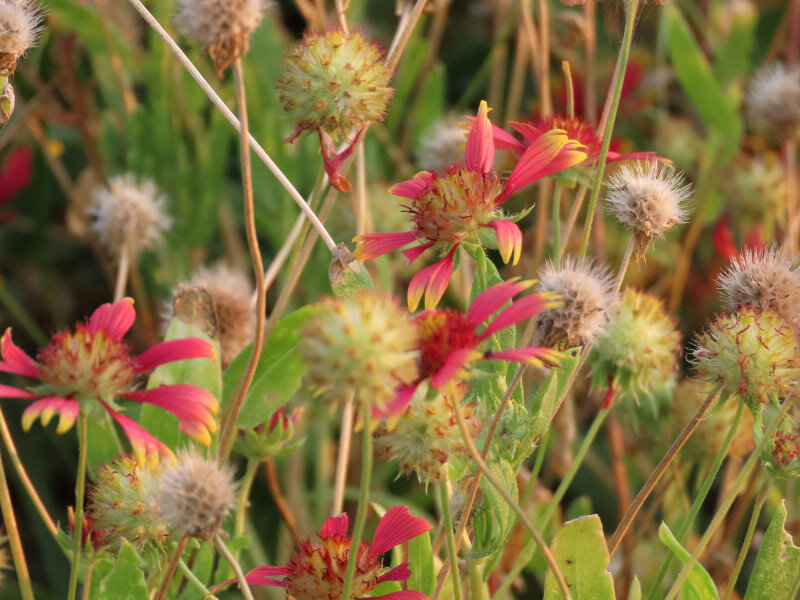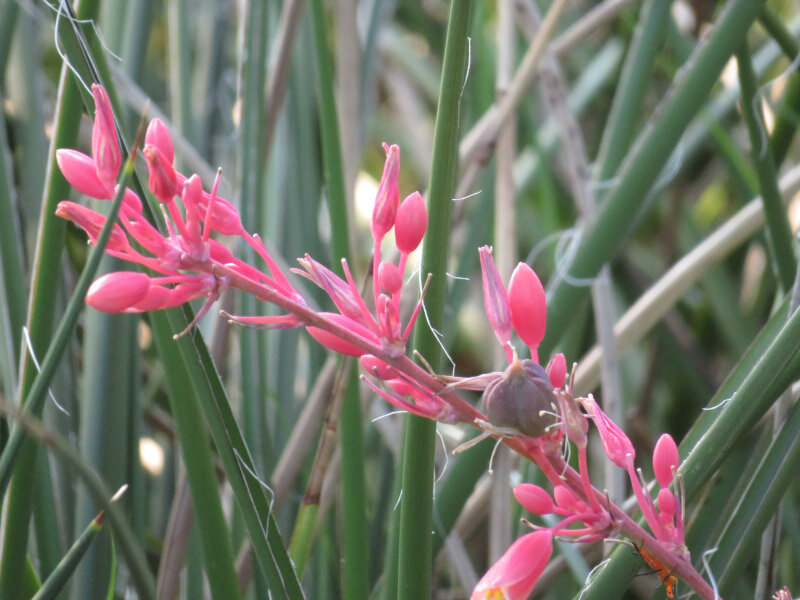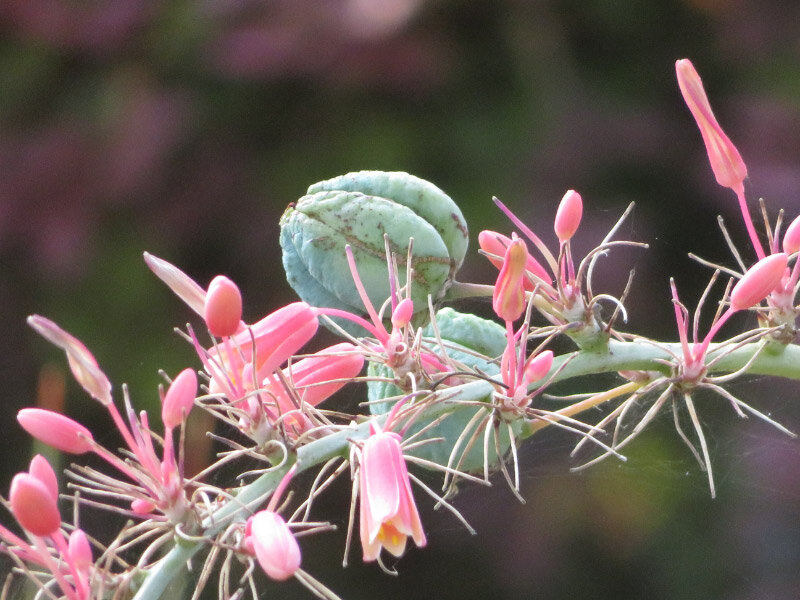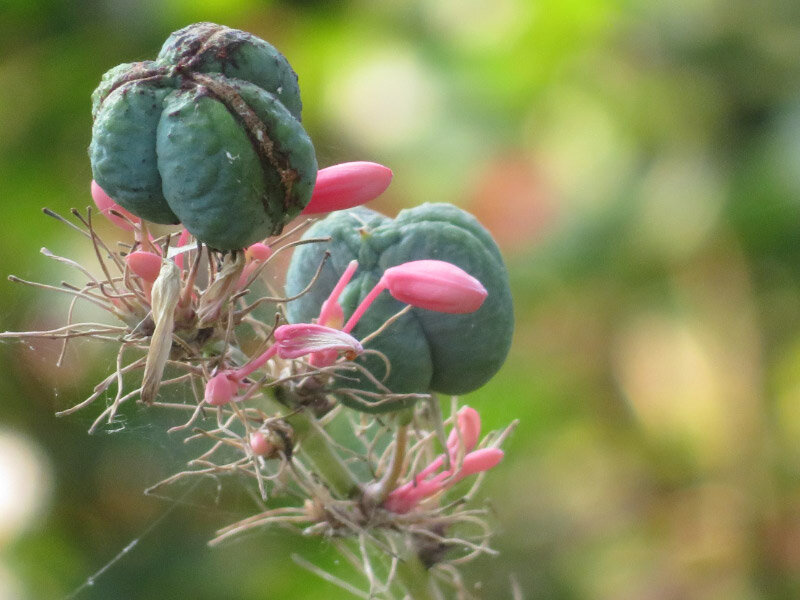Day Lily Leaves
/In the later part of summer, I always cut the day lily leaves when they start to turn yellow so that they come back with new growth that is fresh and green until the frost. It probably reduces the amount of bulb growth underground but the beds are so dense in the beds that it doesn’t matter. Last year it happened in early August. This year the leaves stayed green longer. Maybe we got more rain or maybe the temperatures were better for the leaves to continue growing – or maybe their season is longer now due to climate change. The two areas we have day lilies are in the front flower beds and around the base of our oak tree.
And every year, one of the tools I use is the old hedge trimmers I have from my grandfather.
He gave them to me when I bought my first house in the mid ‘70s; the handles were already mended. They must be over 50 years old and maybe much older! They are a wonderful reminder of him. I like using them more than the electric hedge trimmers because of the good memories that crowd into my mind when I pick them up (and they don’t bother my hands as much as the vibrations from the electric trimmers do). I also think how much things have changed since he was born in 1901…the way we now live on the Earth with a lot more people and technology that is damaging the planet…how we have to make some difficult changes to enable ourselves and future generations the quality of life on Earth that recent past generations experienced.
The area around the base of the oak was trimmed all the way around. When the new leaves come in they will cover over the mess. I noticed one side was lower than the other and realized the deer must have been nibbling there. The bed near the house was another story. I got about half done – avoiding cutting any of the black eyed susans – when I stopped because of a small discovery.
Do you see the Monarch chrysalis on the leaf (near the center of the image)? I was surprised to see it since I hadn’t seen any Monarch butterflies or caterpillars this year in our neighborhood. I’m going to take a daily picture of it until the butterfly emerges.
Tomorrow’s post will include a few macro pictures of the chrysalis so stay tuned!







